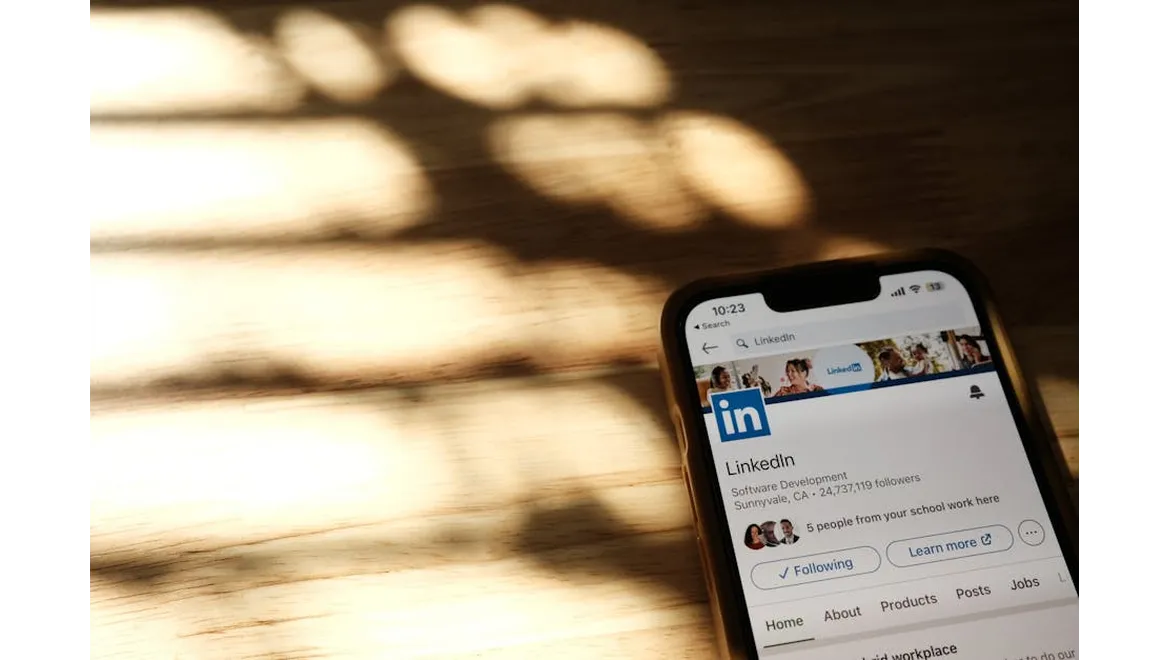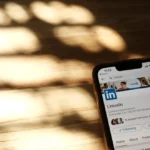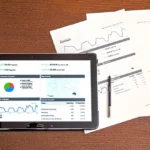Right, so I had a really interesting chat with Kieran the other day about how to inject some life into our LinkedIn strategy. We’ve been posting regularly, sharing industry news, you know, the usual. But honestly, it felt a bit…flat. Kieran, being the ideas guy he is, suggested something I hadn’t really considered: gamification, specifically through the use of LinkedIn badges.
“Imagine,” he said, leaning back in his chair, “awarding digital badges for hitting certain milestones on LinkedIn. It’s not just about vanity metrics, but rewarding valuable actions that directly contribute to business growth.”
My initial reaction was a bit skeptical. Badges? On LinkedIn? Sounded a bit…primary school. But as he elaborated, I started to see the potential.
Badge of Honour: LinkedIn Edition
The core idea is simple: we define key actions we want to encourage – actions that demonstrably help generate new business – and then award badges to individuals who achieve them. Think of it like a digital rewards programme, but instead of collecting points for free coffee, you’re building credibility and driving leads.
Here’s the breakdown:
-
Defining Meaningful Activities: This is crucial. You can’t just hand out badges for liking a post. They need to be tied to actions that genuinely benefit the business. Kieran suggested a few examples:
-
Thought Leadership Champ: Awarded for consistently sharing high-quality, original articles and insights on relevant industry topics. The criteria could be based on the number of shares, comments, and overall engagement these articles receive. To make it replicable, establish a threshold – for instance, “Share three original articles per month that achieve a combined engagement score (likes + comments + shares) of 50 or higher.”
-
Group Guru: Recognises active participation in relevant LinkedIn groups. Not just joining them, but contributing meaningfully to discussions, answering questions, and sharing valuable resources. Criteria could include a minimum number of posts/comments per month and a high participation rate (e.g., engaging in at least 75% of relevant discussions). We discussed the importance of not just posting for the sake of it, but ensuring the contributions are helpful and relevant to the group’s focus.
-
Referral Rockstar: Awarded for successfully referring new leads that ultimately convert into clients or customers. This is a particularly powerful badge as it directly links LinkedIn activity to revenue generation. You could track referrals using a unique tracking link generated through your CRM or marketing automation platform.
-
-
Designing the Badges: Once you’ve identified the key activities, you need to create visually appealing and professional-looking badges. Think clear, concise designs that reflect your brand and the achievement they represent. There are plenty of free online tools and freelance designers who can help with this. Remember that the quality of the badge reflects the quality of the brand so the design phase is important. We were careful that they look professional so not too childish.
-
Implementing the System: This is where it gets a little more technical. You’ll need a way to track and verify achievements. This could involve manual tracking (using spreadsheets and email confirmations), or you could explore integration with a learning management system (LMS) or a custom-built solution. The scale of this can vary depending on budget, but manual tracking is possible.
-
Awarding and Sharing: Once someone achieves a badge, award it to them! And most importantly, encourage them to display it on their LinkedIn profile and share it with their network. This is where the real magic happens. When someone showcases their “Thought Leadership Champ” badge, it instantly boosts their credibility and attracts attention to your brand.
Why This Works:
Kieran explained that gamification taps into our inherent desire for recognition and achievement. By providing tangible rewards (badges) for valuable actions, we’re incentivising employees and followers to actively engage with our content and promote our brand on LinkedIn.
Targeting and Engagement: The Key to Success
We spent a good chunk of time discussing the importance of understanding our target audience. This whole badge strategy hinges on appealing to their interests and motivations. If we’re targeting senior executives, for example, a badge for “Referral Rockstar” might be highly valued. But if we’re targeting junior marketers, a “Group Guru” badge might be more appealing.
Crucially, the engagement has to be genuine. We can’t just bombard people with content and expect them to engage. We need to provide value, spark conversations, and build relationships. The badges are simply a way to recognise and reward those who actively contribute to the community.
We also spoke about avoiding the pitfalls of gamification. If the badges are too easy to obtain, they lose their value. If the system is perceived as unfair or biased, it can backfire and damage morale. It’s crucial to be transparent about the criteria for earning badges and to ensure that everyone has a fair opportunity to participate.
So, the crux of it is using LinkedIn badges to reward valuable actions, not just vanity metrics, that drive business growth. The keys are defining meaningful activities, designing appealing badges, implementing a robust tracking system, and encouraging sharing. By understanding your target audience and engaging with them authentically, you can leverage gamification to boost your LinkedIn presence and generate new business opportunities. I think we can generate significant leads by using this initiative. I think it will work











